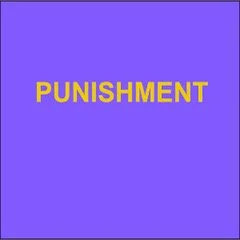By The Productivity Commission
Australia is locking up a record number of people. Our imprisonment rate has grown steadily since the 1980s and is around its highest level in a century (figure 1). On 30 June 2020, more than 40 000 Australians were in prison. Many more flow through the prison system each year. Over one third of prisoners are on remand, waiting for trial or sentencing. And nearly 60 per cent have been in prison before The increase in imprisonment cannot be explained solely by changes in either the amount or type of crime. It is, at least in part, a policy choice. As a policy, imprisonment serves multiple objectives — deterring crime, removing dangerous individuals from the community, punishing and rehabilitating offenders, and supporting the rule of law. But it is also expensive. This raises a key economic question for policy makers. Is the current policy of increased use of imprisonment producing benefits for Australia that outweigh the costs? And what, if any, are the alternatives? In this paper — the Productivity Commission’s first venture into research on the criminal justice system — we highlight the information, data and options that policy makers need to answer these questions. The Commission has used an economic approach to help guide policy makers in weighing up the benefits of criminal justice policies against their costs. Even though this is only one perspective, it provides valuable insights into the complex trade-offs facing policy makers
Canberra: Productivity Commission, 2021. 159p.



